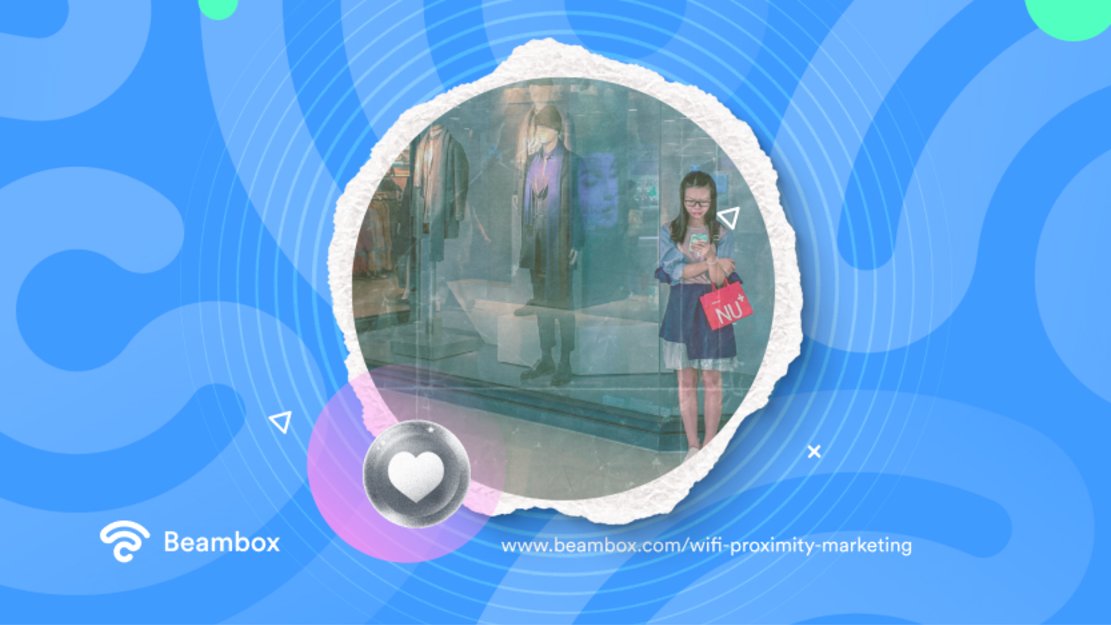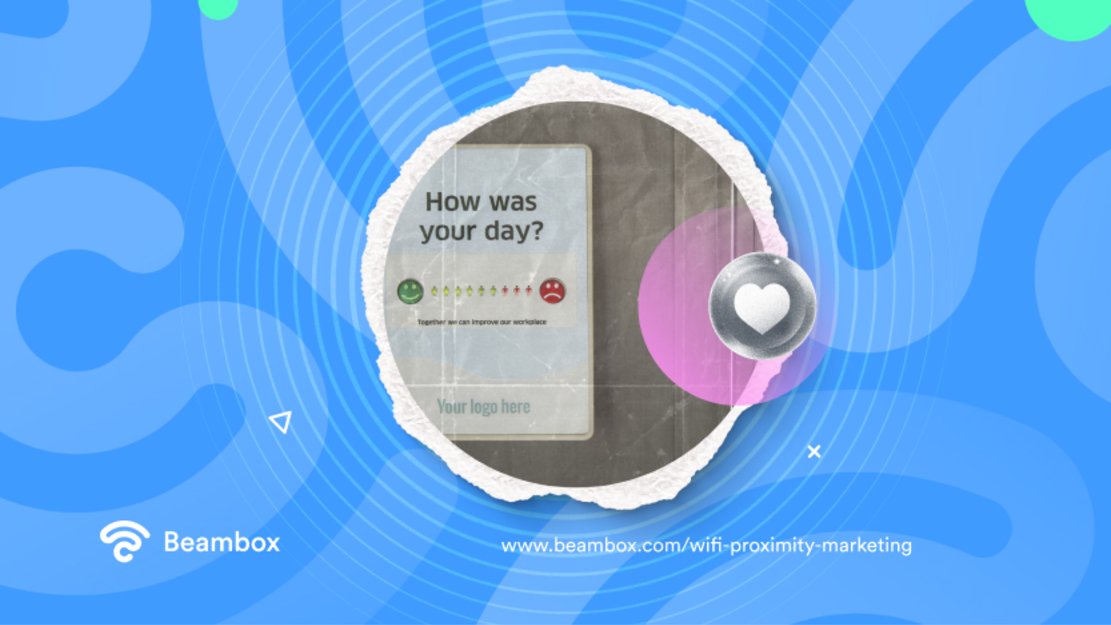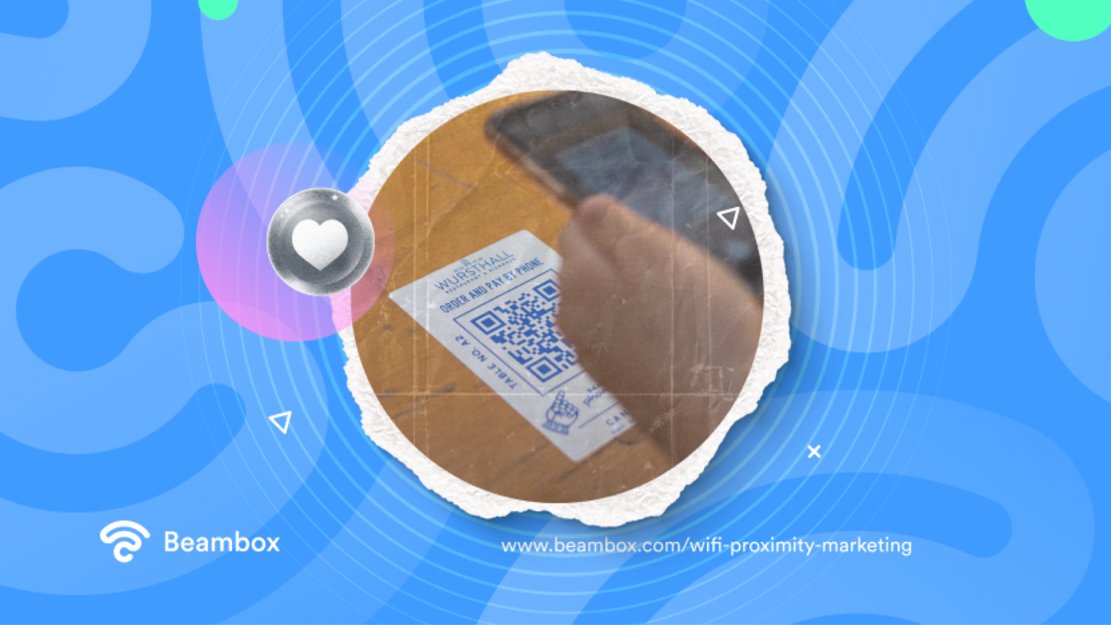Even though customer preferences keep changing, personalized marketing is here to stay. WiFi proximity marketing is one of the best ways to follow this approach.
To set this into action, you’ll have to provide free Internet access in your venue. If you look closely, this will achieve two goals instead of one.
You’ll be able to launch your proximity marketing campaigns and attract more customers with the prospect of free WiFi. More customers would mean more chances to make sales, so without wasting time, let’s dive right in.

How Does WiFi Proximity Marketing Work?
WiFi proximity marketing starts working when a guest tries to connect to the business’s WiFi network. Instead of giving direct WiFi access, the network will redirect them to a captive portal. This is a page where users authenticate before accessing the network.
There, they’ll enter the data according to your set fields. Once they do this, you can store the data, segment it, and create customer profiles. WiFi marketing software typically streamlines all the procedures involved.
However, once you have the data, you can use them in your marketing initiative. For example, for SMS proximity marketing activities, you need the customers’ number.
You can also display marketing messages directly on the captive portal. For example, let the connecting user know if you’ve launched a special discount for that day.
You can also identify customers through their device’s MAC address when they connect to your WiFi in the future. This would be your chance to use those profiles to experiment with proximity advertising.
Alternatively, use geofencing software to create WiFi geofences throughout your venue. Once a customer enters the geofence’s boundary, it triggers the marketing action you have set.
Proximity marketing is a strategy where businesses send personalized messages based on a customer’s closeness to their venue. It’s a type of location-based marketing, but the customer position is more precise here. It only works when the customer is in or close to your venue.
Now, you can use multiple proximity marketing devices for this purpose. But opting for WiFi access points or geofences to locate your customers means participating in WiFi proximity marketing.
Determining How Many WiFi Proximity Marketing Devices You Need
Now that you know the basics of WiFi proximity marketing, let’s dive a bit deeper. The first thing you would need is the devices to implement this marketing.
Before you buy these devices, you must conduct a site survey. This will help you determine how many devices you need to make the most of this proximity marketing strategy.
But one thing is certain: you’ll need multiple devices to determine a more precise customer location. Plus, these guest WiFi access points must have geofencing capabilities.
You’ll need to cover areas that are usually busy. Being strategic about placing these access points will work in your favor.
However, the exact number of WiFi proximity marketing devices will depend on the size of your venue.

3 Reasons To Invest in WiFi Proximity Marketing
In a survey by Forbes, 53% of customers said they would share their location to get more personalized ads. This shows the importance of both location-based and personalized marketing.
Besides, you will rarely find anyone with a mobile device that doesn’t have WiFi in it. So, why not combine all three and enjoy the best results? Here are the top three reasons to invest in WiFi proximity marketing.
With other types of marketing, conversion takes time. However, potential customers are already in your store when it comes to WiFi proximity marketing.
Interacting with them during this time will increase their likelihood of purchasing. For example, suppose a clothing store has geofences in each section. As customers roam around the store, each geofence triggers a marketing message relevant to their section.
That small push would be enough to convince the customer to make purchases.
Or let’s say you own a restaurant and a customer is exiting your venue. Remind them about that day’s special dessert, and you might make an extra sale.

2. Get Customers To Engage With You
A captive portal isn’t just a web page to collect contact information. You can also use it to conduct surveys and ask customers for feedback.
Since answering a few questions to access free WiFi is a fair deal, you’ll get a lot of valuable insights. You can also get more reviews.
However, remember to keep this survey short, or you’ll end up frustrating your customers.
Additionally, you can engage potential consumers in fun activities and games. For example, set a geofence at the entrance that prompts customers to spin a wheel for a reward.
3. Become a Guide for Your Customers
Lastly, you don’t have to restrict your proximity marketing campaigns to deals and discounts. A personalized experience also includes helping customers navigate easily.
If you own a shopping mall or a large grocery store, combine your guest WiFi with wayfinding apps. This will help customers navigate the space autonomously and efficiently.
On the other hand, restaurants can use the captive portal to guide customers about the day’s specials. Geofences in museums can help share details about exhibits and enhance customer experience.
Factors To Choose the Best WiFi Proximity Marketing Software
In addition to access points and tools mentioned in this article, you’ll also need WiFi proximity marketing software. This step would require some thought, or you might end up with the wrong system.
So, firstly, the software must have indoor positioning features. How else would you be able to locate your customer?
Secondly, it should let you customize the splash page for your guest WiFi. This factor is crucial for data collection and display campaigns.
Moreover, interacting with customers in real time doesn’t mean you have to send them manual messages. Marketing automation would be the way to go here. Therefore, your chosen software must have this feature as well.
Lastly, the software should be able to integrate all the required tools.

Other Types of Proximity Marketing
As mentioned earlier, WiFi isn’t the only proximity marketing technology you can use. In fact, combining it with the other types will give you the best results. So, let’s discuss what other types of proximity marketing exist.
- NFC: It stands for Near Field Communication. Here, you place NFC tags on or near products for customers to scan them. Their most common use is contactless payments.
- Bluetooth: As the name suggests, Bluetooth proximity marketing works with Bluetooth beacons that sense a customer’s proximity to send push notifications.
- QR code: This marketing works similarly to NFCs. It’s an efficient technique since most mobile devices now have a code scanner to scan the QR code.
Take Personalization to the Next Level With WiFi Proximity Marketing
WiFi proximity marketing is a technique where you use WiFi access points to interact with customers when they’re nearby. However, do not think of it as a silver bullet. To get results, you need to master the craft.
If you want to leverage your customers’ free WiFi, try out Beambox. It’s an all-in-one WiFi marketing platform that lets you automate marketing activities and gather data.
Over 12,000 businesses are using Beambox to scale their results. Do you want to be next? Start your trial!
Get Started With Free WiFi Marketing
Beambox helps businesses like yours grow with data capture, marketing automation and reputation management.
Sign up for 30 days free